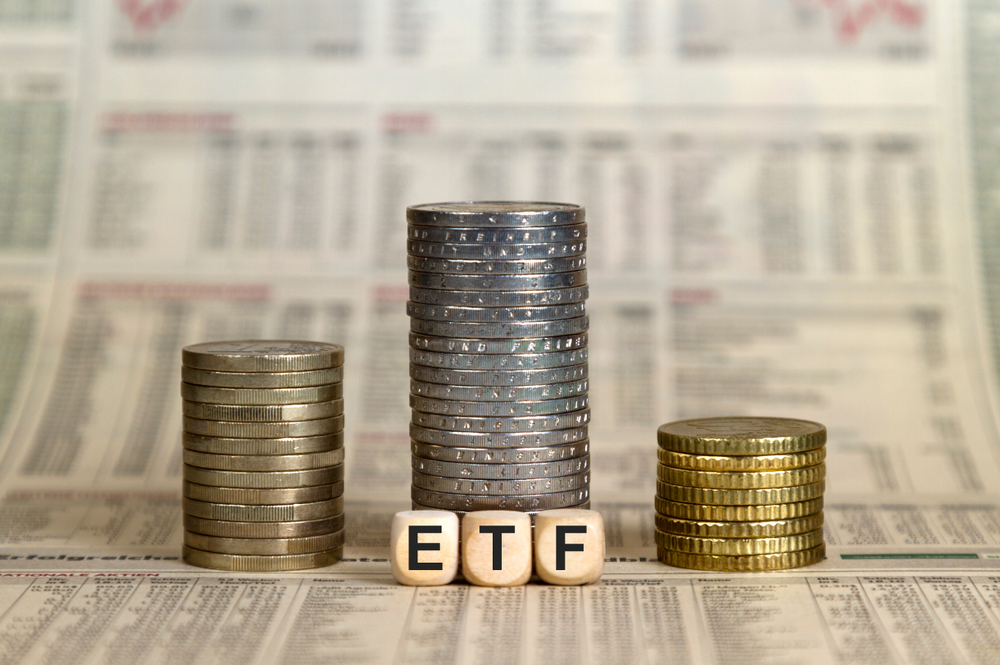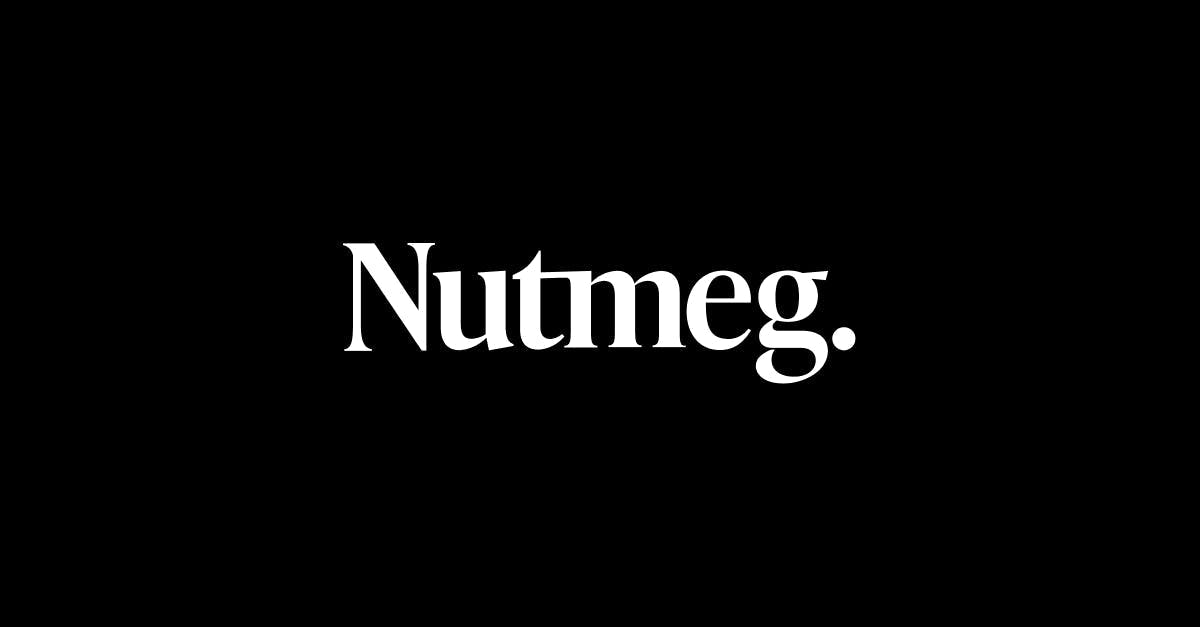Waves of new investors are knowingly or unknowingly rushing to ETFs through innovations such as digital platforms, savings plans and model portfolios, yet many are not fully aware of the role the wrapper now plays in their core allocations.
ETFs already have a meaningful presence in asset managers’ popular funds of funds ranges, with $3.4bn of ETF assets housed in Vanguard’s LifeStrategy suite, while BlackRock’s MyMap portfolios rely on ETFs for their fixed income exposures.
They are also the tool of choice for app-based investment providers such as Nutmeg and Scalable Capital, which are quickly becoming household names for financially savvy European savers.
A BlackRock and YouGov survey published in May predicted an additional 6.6m investors will begin using ETFs in the next year across Europe’s 14 largest markets, with €500bn invested in ETFs through digital channels by 2026.
As the wrapper become even more prolific, here are five of the largest, most diversified and cost-effective products that could act as the building blocks of an investor’s long-term allocations.
iShares Core MSCI World UCITS ETF (SWDA)
Kicking off our list is the continent’s second-largest ETF, BlackRock’s $58.1bn IWDA, which was also the top inflowing wrapper of the past two years with $6.5bn new money in 2022 and $10.2bn in 2021.
Europe’s largest global equity ETF launched in 2005 and has become a favourite among index-tracking investors by capturing the MSCI World index of 1,517 large and mid-cap companies across 23 developed markets.
While the benchmark has a hefty 69% weighting to US equities and excludes emerging market (EM) stocks, this has allowed it to outperform BlackRock’s MSCI All Country World index (ACWI) ETF by 22% over the past decade. Investors can also supplement IWDA with a separate allocation to an EM fund.
The ETF’s basket is 22.2% weighted to the information technology sector, 14.6% to financials, 12.8% to healthcare and 11.1% to consumer discretionary and industrials, respectively.
IWDA’s total expense ratio (TER) of 0.20% may also be eight basis points (bps) higher than Europe’s cheapest world ETF, but it benefits from economies of scale with a tighter spread than its lower-fee equivalents – at just three bps, according to Bloomberg Intelligence. It also recoups two bps per year in securities lending revenue.
As an aside, BlackRock’s contract for several of its ETFs to track MSCI indices runs until at least 2030, with the world’s largest asset manager comprising 13% of all MSCI revenue in 2021 – 94% of which owed to iShares ETFs. As BlackRock’s largest UCITS ETF, IWDA should not face any nasty surprises with additional indexing costs for the foreseeable.
Vanguard Global Aggregate Bond UCITS ETF (VAGU)
Next is a piece of financial engineering from Vanguard in the fixed income space, with the $3.4bn VAGP capturing 9,693 bonds from sovereign and corporate issuers.
The ETF uses a sampling methodology to track a subset of the Bloomberg Global Aggregate Float-Adjusted and Scaled index of 29,426 bond issuances from 25 different countries.
While VAGP may not be Europe’s largest global aggregate bond ETF, it has outperformed the flagship Bloomberg Global Aggregate index almost four percent over the past three years, while boasting a superior yield-to-maturity – of 5.1% versus 3.8% – and a modestly longer effective duration, which could prove beneficial to performance as central banks end their interest rate hiking cycles.
Bonds must have an average credit rating of at least BBB from the largest three ratings providers to be eligible for inclusion. Interestingly, VAGP overweights AAA debt versus its benchmark, with a 46% allocation versus 41.4% for its underlying index.
Debt denominated in potentially new, investment grade currencies is considered for inclusion on an annual basis.
Vanguard’s global aggregate candidate launched in 2009 and matches its peers with a TER of 0.10%.
Invesco S&P 500 UCITS ETF (SPXS)
Third is a candidate for investors seeking direct exposure to US equities, Invesco’s $18.1bn SPXS, which launched in 2010 and is now the world’s largest synthetic ETF strategy.
The ETF offers swaps-based exposure to the S&P 500 index, a popular benchmark offering market cap-weighted exposure to the 500 largest US-listed companies.
While a synthetic replication methodology may not be appropriate for all investors – given the perceived complexity and counterparty and currency risk associated with swaps contracts – SPXS does offer some unique advantages.
For instance, while all Irish domiciled ETFs benefit from favourable withholding tax (WHT) treatment and physically replicating ETFs pay 15% rather than 30% tax on dividends paid by US companies, the introduction of the HIRE Act in 2017 means synthetic ETFs such as SPXS are able to pass through gross dividend performance, less fees, to investors.
In practical terms, this has generated an additional 1.25% return via dividend income for synthetic over physically backed ETF investors over the past five years.
Other factors help to mitigate the negative externalities of using swaps. For instance, while SPXS carries a swap fee of 0.04% on top of its 0.05% TER, it recoups some lost ground versus physical ETFs with a tight spread on its primary listing of just 0.04%, according to Bloomberg Intelligence data.
Invesco also relies on six of the world’s largest banks as swap counterparties for the ETF, while resetting swaps to zero with “tight reset triggers”, according to Chris Mellor, head of EMEA ETF equity product management at the firm.
HSBC MSCI Emerging Markets UCITS ETF (HMEM)
To complement the geographical exposure of IWDA, investors might consider HSBC Asset Management’s $2.4bn HMEM, the cheapest ETF offering physical exposure to EMs.
HMEM debuted in 2011 and captures the well-known MSCI Emerging Markets benchmark of 1,423 companies representing 85% of the free float adjusted market cap of 24 EMs.
While EMs have underperformed developed markets since the Global Financial Crisis (GFC), HMEM comprises some of the economies singled out by economists as being future developed markets or those currently undergoing rapid growth.
This includes a 29.6% allocation to Chinese equities, 15.6% to Taiwan, 14.6% to India, 12.3% to South Korea and 5.5% to Brazil. Sector weightings include 21.9% to financials, 21.2% to tech and 13.2% to consumer discretionary.
While HMEM’s TER of 0.15% is one basis point higher than Amundi’s ETF tracking the same index, the latter is swaps-based, meaning investors should also factor in swap fees.
Unlike rival physically backed products from BlackRock and DWS, HMEM offers full replication of the entire MSCI Emerging index, rather than a sampling methodology that cuts hundreds of stocks from the benchmark’s exposure.
Invesco Physical Gold ETC (SGLD)
Rounding off our list and moving out of conventional asset classes, investors might consider Europe’s largest gold exchange-traded commodity (ETC), the $15.2bn SGLD, which has been a popular safe haven amid periods of volatility since launching in 2009.
SGLD – previously the Source Physical Gold ETC prior to Invesco’s acquisition of Source – offers exposure to the spot price of gold backed by physical metal stored in JP Morgan Chase Bank vaults in London.
All gold held by the ETC was minted since 2012 to adhere to LBMA Responsible Gold Guidance on avoiding abuses of human rights, money laundering, terrorist financing and contributing to conflict.
Prior to March 2023, gold ETCs in Europe underwent ten months of consecutive of outflows, their longest asset exodus since January 2014, according to the World Gold Council.
As three US regional banks collapsed and UBS agreed to acquire Credit Suisse, gold broke through $2,000 an ounce for only the third time ever, prompting investors to pour almost a quarter of a billion dollars into SGLD in a single week.
The ETC has been particularly competitive since lowering its TER from 0.15% to 0.12% in November 2021 and boasted $3.7bn inflows in the three years to March 2023.










